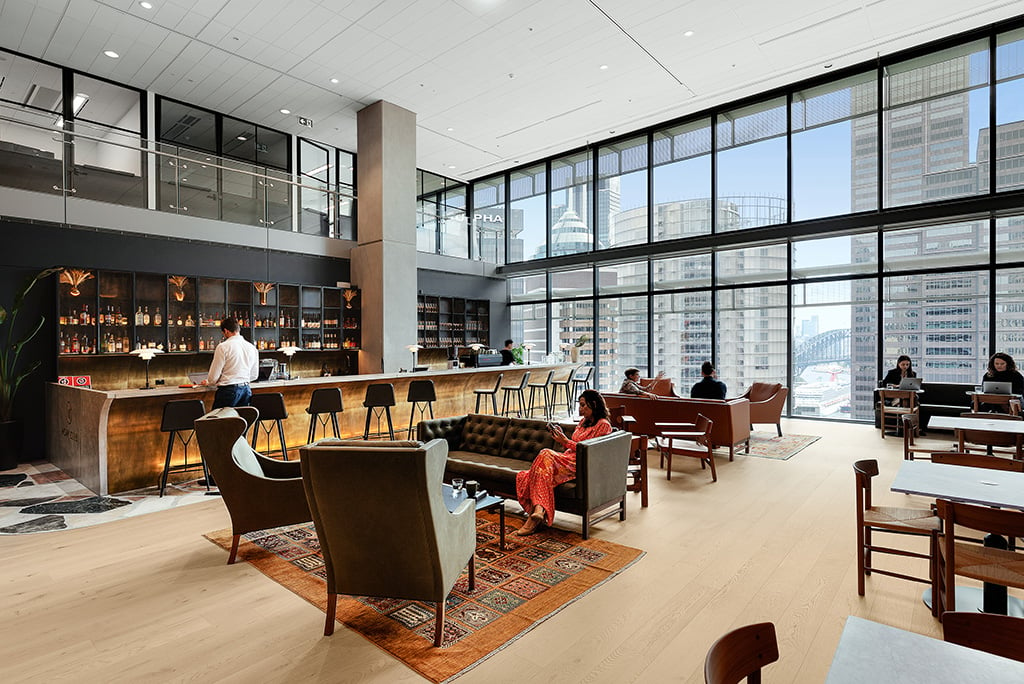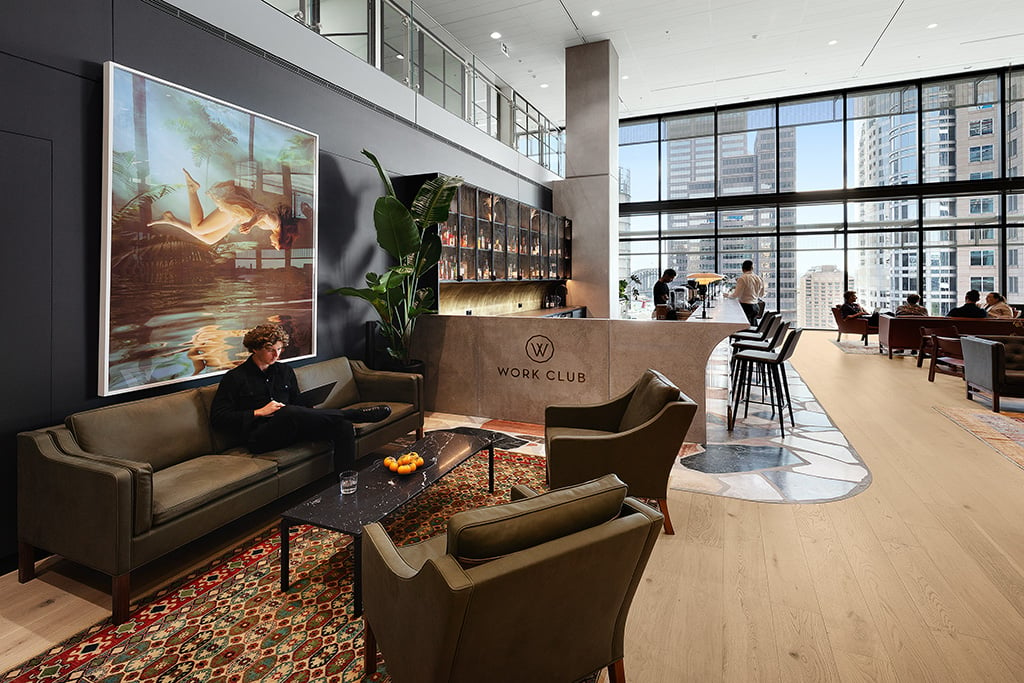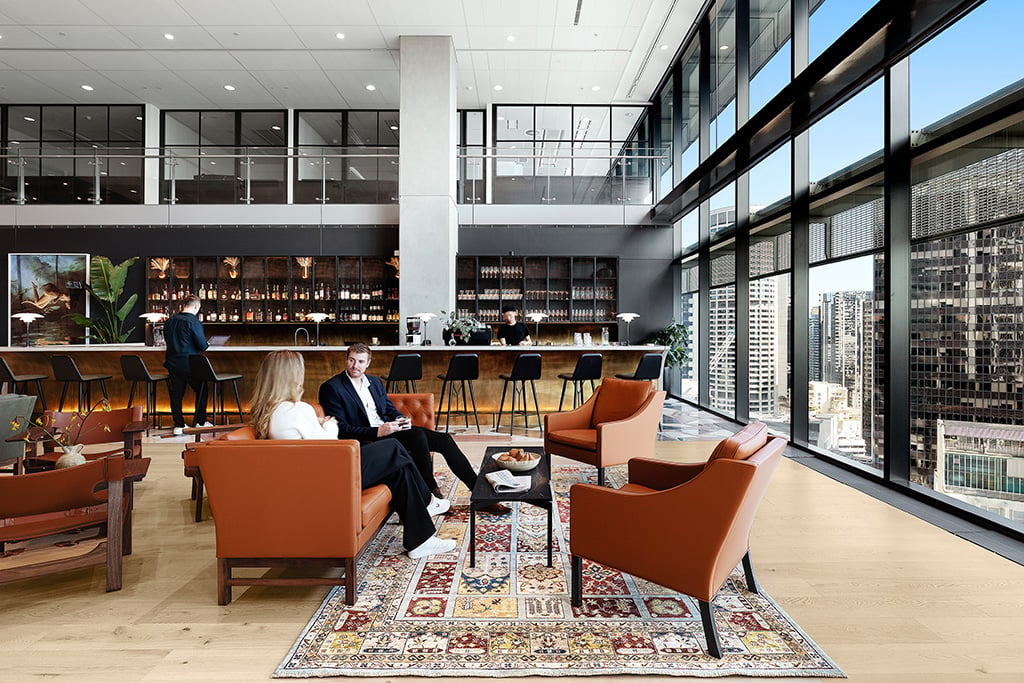The office sector experienced a healthy rebound in CBD occupancy rates during the first quarter of 2024. And the main driver? Enticing work environments according to CBRE’s Pacific Head of Investor Leasing Tim Courtnall. “Just over two-thirds of the businesses that have moved premises in the past three years have upgraded to a better-quality office building,” Mr Courtnall said. “Feedback from some of these occupiers suggests a significant improvement in employees returning to the office following a move to new generation office stock.”
Organisations also have renewed confidence in what their occupational footprints will look like down the track said JLL’s Head of Research Australasia Andrew Ballantyne. “We see more conviction in decision making,” he said. “Virtually all organisations that relocate move into higher quality office accommodation.” Mr Ballantyne this had led to a trifurcation in office markets, with A grade and upper B grade properties experiencing highest occupancy and competing on amenity and sustainability credentials, and a growing number of lower quality assets struggling to find tenants.

Curated precincts
The success of A-grade office stock is in turn sparking fresh approaches from the office fit out industry. Florence Guild for instance has taken the concept of office fit out further with its own brand of curated precincts that include meticulously designed Work Clubs, restaurants, concept bars and even retail boutiques. Since collaborating with Mirvac on Melbourne’s Olderfleet, the city’s largest A-grade building built in 25 years, Florence Guild has gone on to transform a string of premium office assets across Sydney and Melbourne and will soon expand into Brisbane. One of its projects, Work Club Chifley Square, achieved a 3% vacancy within two months of opening compared to Sydney’s then-average of 12.2%.
Florence Guild founder and CEO Soren Trampedach said the adoption of dedicated modern office design was slow despite its proven value. “There is still a level of arrogance around it,” Mr Trampedach said. “There is a view among a lot of landlords who have sat back and received the money for many years that they can create this kind of environment themselves by adding a café or similar. It won’t. It’s a tick in the box. On the other hand, there are also many who see the market dynamic changing.”

Elevating quality
An optimised office space is not only one where people want to be but where they can connect. “This is why the aim of everything we do is to create a strong sense of belonging and being in a precinct,” said Mr Trampedach whose history-grounded concepts are inspired by such greats as Leonardo Davinci. “Davinci was so conscious of who he surrounded himself with,” he said. “He made sure to surround himself with many different types of people, from different industries or disciplines, as he felt diversity elevated the quality of his own work.”
Another key to creating better office is to recognise that “the boundaries between working and not working have been blurred for a long time”.

“We try to create buildings where there is no reason for you to leave,” Mr Trampedach said. “Places with experiences where you can connect and learn and play till early in the morning till late. You have your coffee at the café in the morning, a place to eat lunch, you can attend an event whether its social or learning and there’s a wellness offering which is not just a gym but a more holistic approach. And this creates familiarity – if we go into that building, we feel like we belong.”